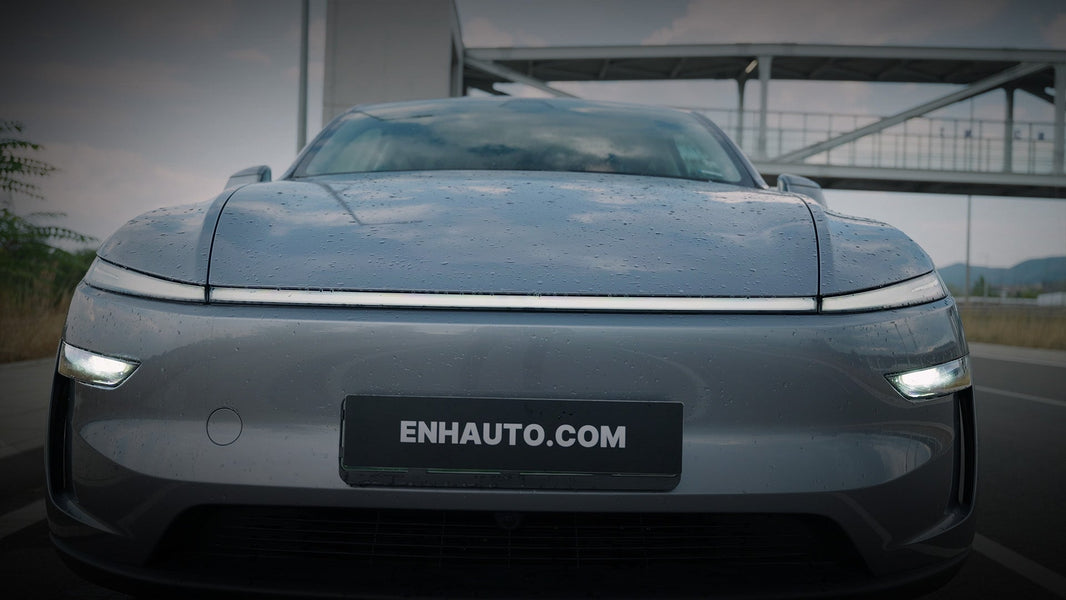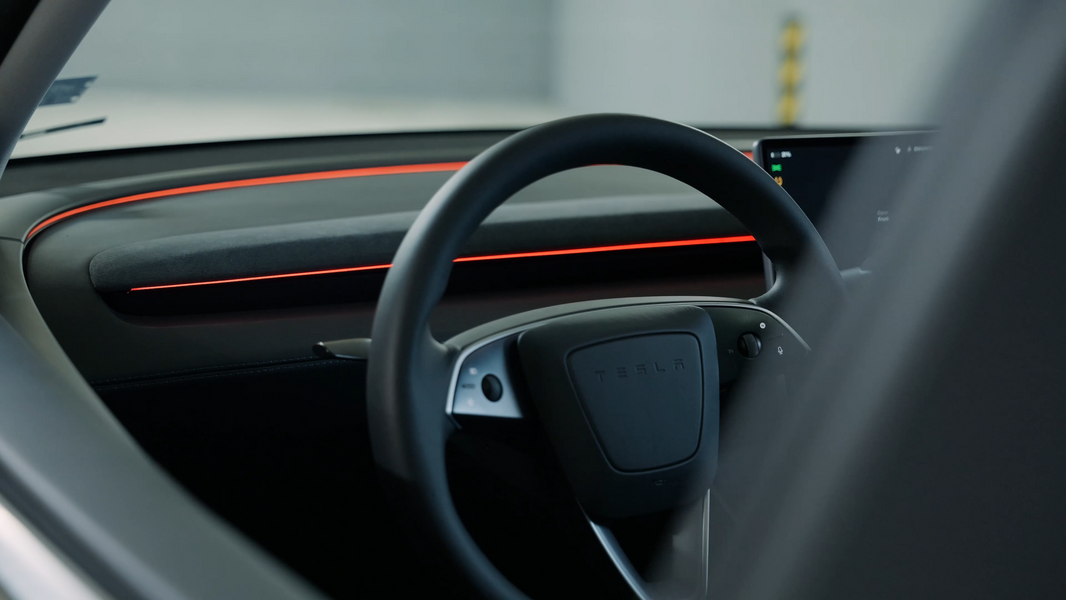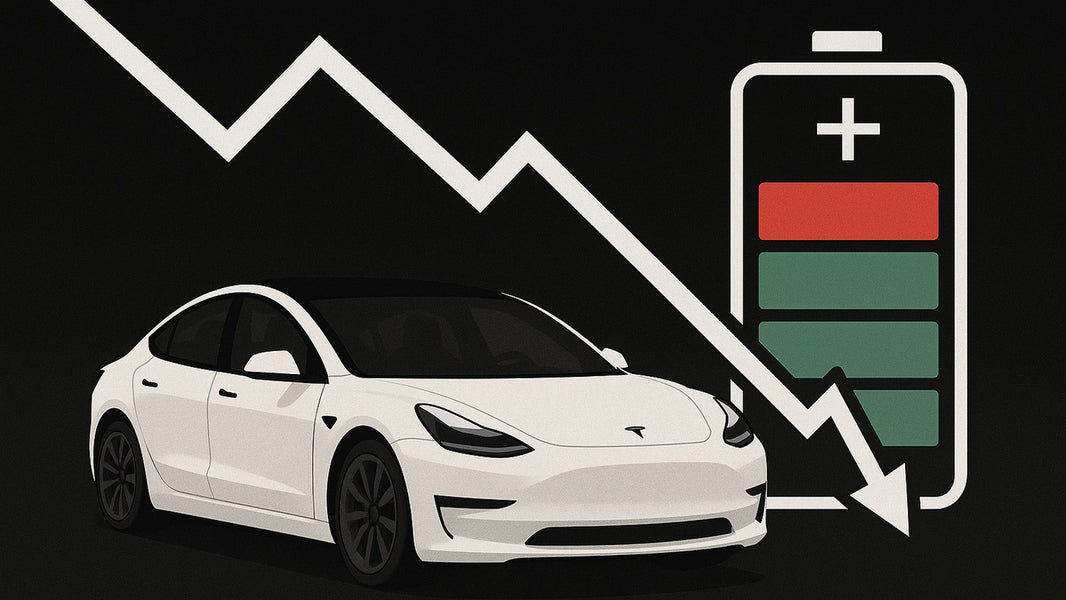Tesla Battery Degradation - Everything You Need To Know

One of the main concerns for drivers transitioning from ICE cars to Teslas (or any other EV) is battery degradation — the fear that the range will drop significantly over time or that resale value will decrease due to reduced battery health.
In this article, we’ll explain in detail what battery degradation is, what rate of decline you can typically expect, and how to slow it down by following best practices.
What is battery degradation?
In simple terms, battery degradation refers to the gradual loss of a battery’s ability to store and deliver energy over time. This occurs naturally due to repeated charge and discharge cycles, environmental conditions, and aging. It’s a process that affects every battery-powered device.
Common signs of degradation include reduced driving range, excessive internal heating, and slower charging speeds.
What is the normal rate of battery degradation?
According to Tesla’s 2023 Impact Report, testing of Model 3 and Model Y Long Range vehicles showed an average battery degradation of 15% after 200,000 miles. A year earlier, Tesla reported a 12% capacity loss for Model S and Model X vehicles at the same mileage.
As a general community “rule of thumb,” the steepest drop in battery health typically occurs early on — around 3–6% within the first year. This is normal and primarily due to the Battery Management System (BMS) calibrating to determine the battery’s true capacity. After this initial phase, degradation usually stabilizes at 1–2% per year.
Of course, these numbers can vary based on driving habits, frequency of DC fast charging, climate conditions, and other factors.
If your vehicle shows significantly higher degradation, it’s best to visit a Tesla Service Center for diagnostics — your high-voltage battery may need to be inspected or replaced.
Community poll results
To better understand real-world battery performance, we conducted a community poll on our Discord channel. Participants measured battery degradation using the S3XY App, which retrieves data directly from Tesla’s Battery Management System.
Here’s what we found:
Model 3:
-
1st year: ~3%
-
2nd year: ~4.5%
-
3rd year: ~6.2%
-
4th year: ~7.9%
-
5th year: ~9% (some heavy-use vehicles exceeded 10%)
-
6th+ year: above 10%
Model Y:
-
1st year: 1–6%
-
2nd year: 3–7%
-
3rd year: 6–9% (some reaching 10%)
-
4th year: 7–10%
-
5th year: consistently over 10%
Participants were asked to share:
-
Their Tesla model
-
The car’s age
-
Whether it’s Standard Range, Long Range, Performance, or Plaid
-
Total mileage
-
Reported battery degradation percentage
In total, over 100 vehicles were analyzed — and the results were remarkably consistent.
Degradation by mileage
Battery aging isn’t the only factor — mileage plays a key role as well. When comparing all models, we found the following trends:
-
Under 60,000 km: <6% degradation
-
60,000–120,000 km: ~9%
-
120,000+ km: 10% or higher
Conclusion оf the test
Most Tesla owners retain about 90% of their original battery capacity even after several years and around 100,000 km of driving. On average, this equates to roughly 2% degradation per year, which aligns closely with Tesla’s official data.
How to check your battery degradation
For the most accurate readings, consider using a third-party app that can access detailed insights from your vehicle’s systems.
As mentioned earlier, the S3XY App provides precise measurements of your battery’s health by communicating with our Commander unit, which directly retrieves information from Tesla’s Battery Management System.
The app also allows you to monitor data not visible in Tesla’s UI including:
-
Battery temperature
-
Actual remaining capacity (including buffer)
-
Total kWh charged on AC and DC stations
-
And many other performance metrics
For the best accuracy, calibrate your BMS occasionally by fully depleting the battery and then charging it to 100%.
If you’d like to learn more about what the Commander and the S3XY App can do for your Tesla, visit https://www.enhauto.com/pages/commander







